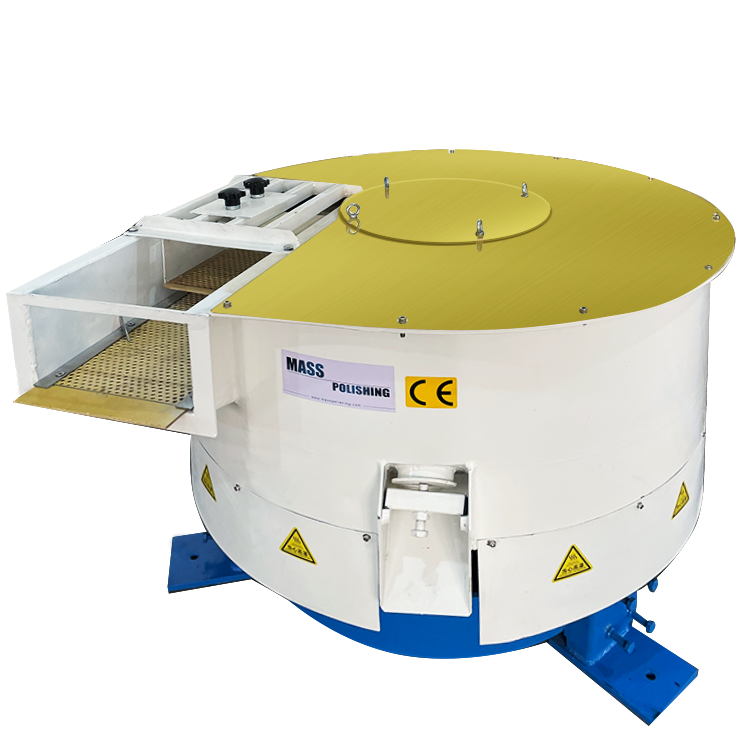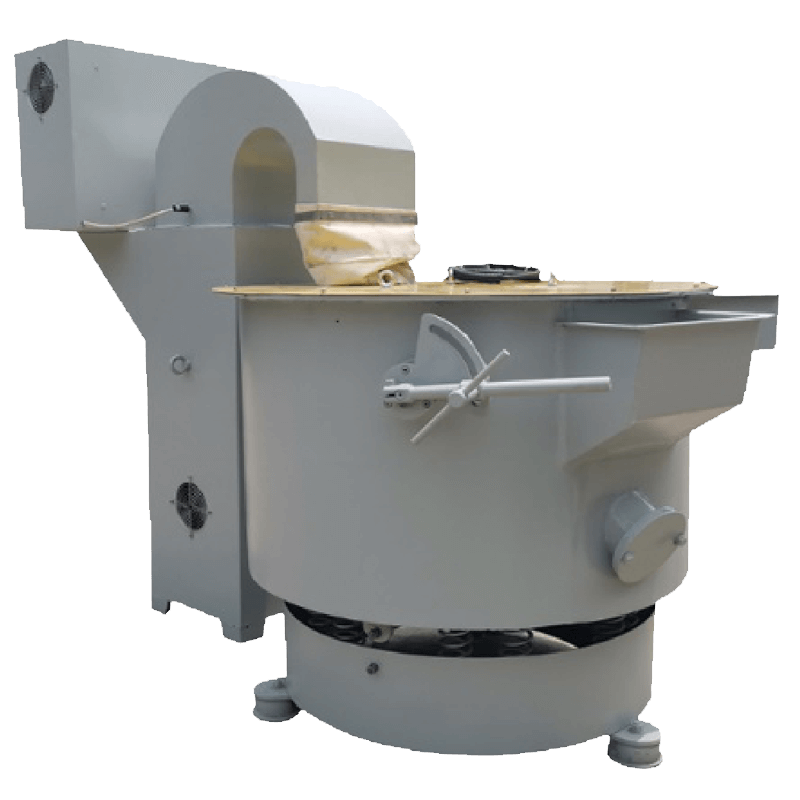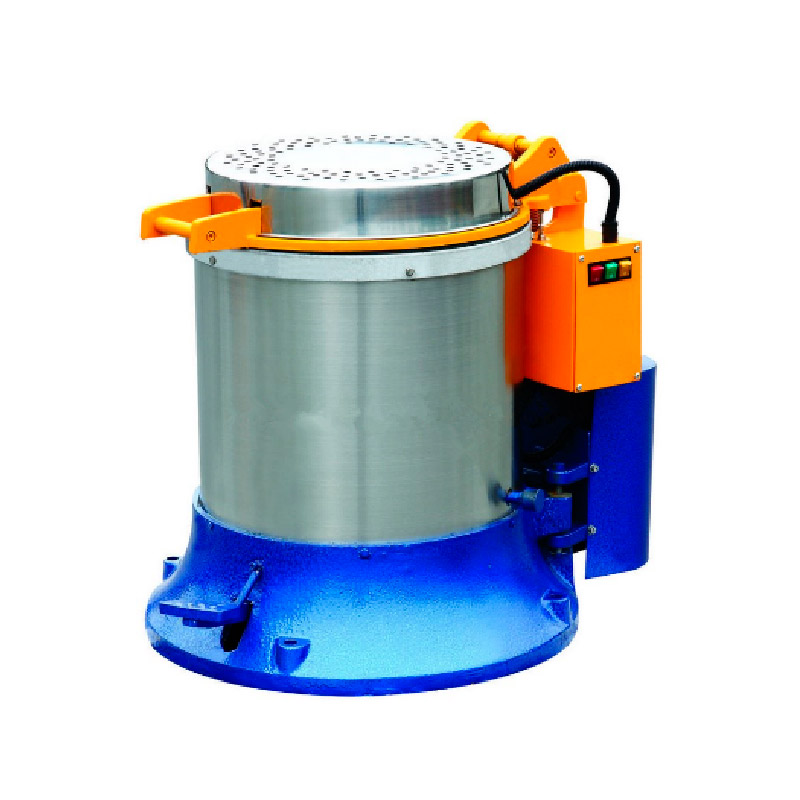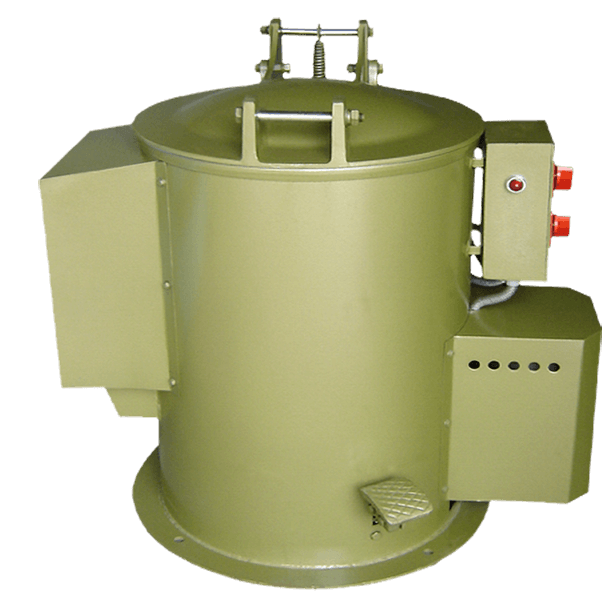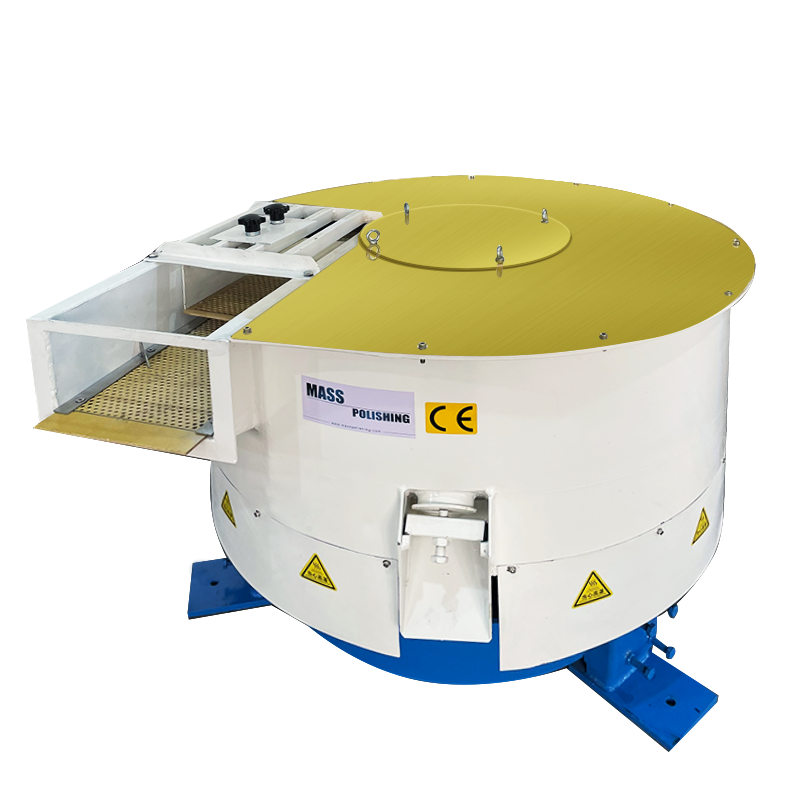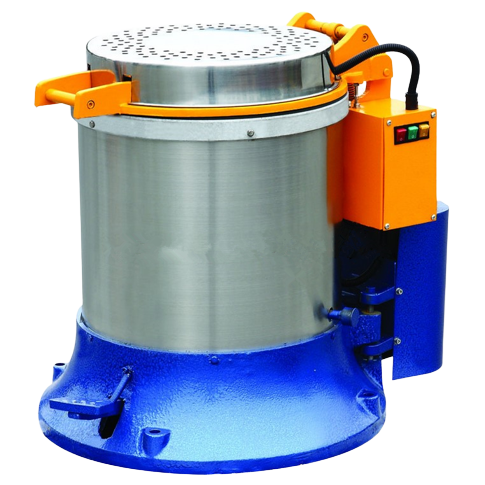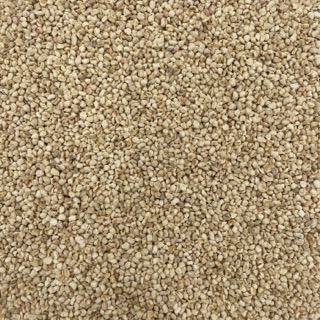To maintain a mass finishing dryer, consider the following tips:
7.1 Regular Inspection:
Regularly inspect the dryer for any visible signs of damage, wear or tear, and take corrective action as needed.
7.2 Cleaning:
Regularly clean the dryer, including the interior, exterior, and any filters. This will help ensure efficient and effective drying, and also improve the longevity of the dryer.
7.3 Lubrication:
Regularly lubricate any moving parts, such as bearings and gears, to reduce wear and prolong the life of the dryer.
7.4 Filter Replacement:
Regularly replace filters, as required, to ensure optimal airflow and efficient drying.
7.5 Electrical Components:
Regularly inspect electrical components, such as wiring, switches, and other components, to ensure proper operation and avoid potential hazards.
7.6 Maintenance Scheduling:
Schedule routine maintenance, as recommended by the manufacturer, to keep the dryer in good condition and ensure its optimal performance.
7.7 Proper Operation:
Always follow proper operating procedures, as recommended, to avoid potential damage or hazards.
Proper maintenance is essential to ensuring the longevity and performance of a mass finishing dryer. If you have any questions or concerns about maintaining your dryer, contact us for advice.



